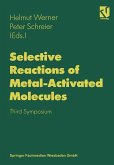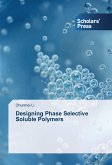Solid tumours differ from normal tissue in a number
of important ways. Rapid growth and metabolism of
tumours often leads to altered physiology including
changes in vasculature and perfusion which can in
turn induce fluctuations in the supply of nutrients
such as oxygen. Reduced tissue oxygenation, known as
hypoxia, has been linked to radio- and
chemotherapeutic resistance and is often associated
with a poor prognosis for disease-free survival in
cancer patients.
Identification of tumour hypoxia by using
non-invasive imaging techniques such as positron
emission tomography (PET) is vital for clinicians to
provide effective treatment. However, physiological
imaging modalities such as PET require the design and
administration of radioactive imaging agents which
specifically target tumours.
This book provides a background to the basic chemical
concepts and methods used in the rational design of
tumour-selective radiopharmaceuticals with particular
emphasis on the mechanisms by which
copper-based imaging agents target tumour hypoxia.
of important ways. Rapid growth and metabolism of
tumours often leads to altered physiology including
changes in vasculature and perfusion which can in
turn induce fluctuations in the supply of nutrients
such as oxygen. Reduced tissue oxygenation, known as
hypoxia, has been linked to radio- and
chemotherapeutic resistance and is often associated
with a poor prognosis for disease-free survival in
cancer patients.
Identification of tumour hypoxia by using
non-invasive imaging techniques such as positron
emission tomography (PET) is vital for clinicians to
provide effective treatment. However, physiological
imaging modalities such as PET require the design and
administration of radioactive imaging agents which
specifically target tumours.
This book provides a background to the basic chemical
concepts and methods used in the rational design of
tumour-selective radiopharmaceuticals with particular
emphasis on the mechanisms by which
copper-based imaging agents target tumour hypoxia.

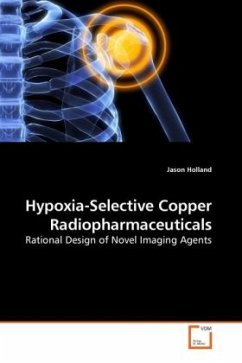
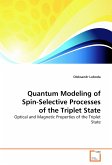
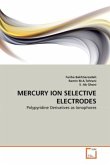

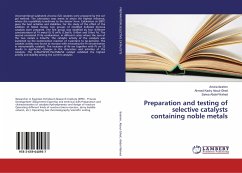
![Calix[4]arene based ion-selective electrodes Calix[4]arene based ion-selective electrodes](https://bilder.buecher.de/produkte/45/45354/45354132n.jpg)
